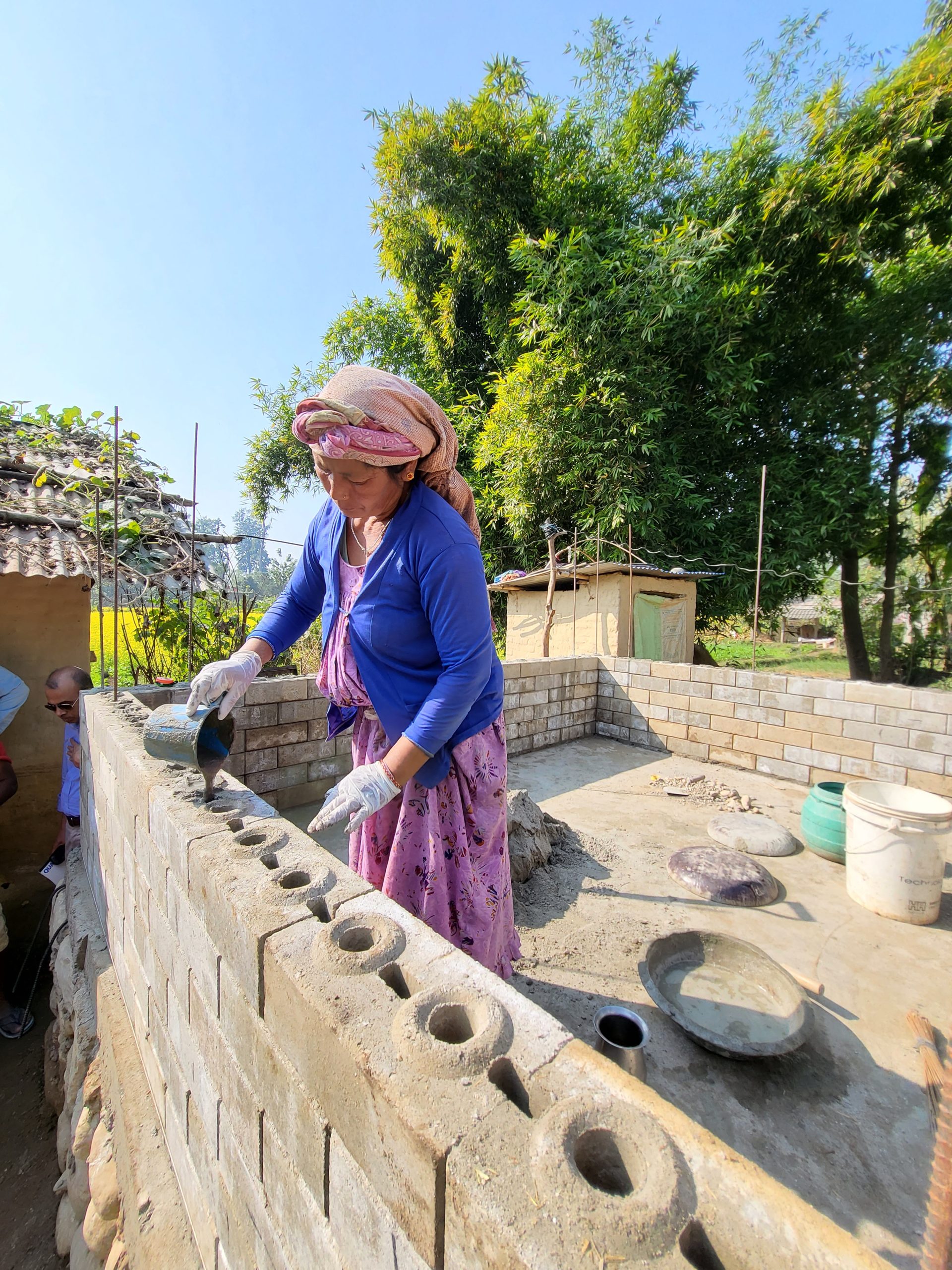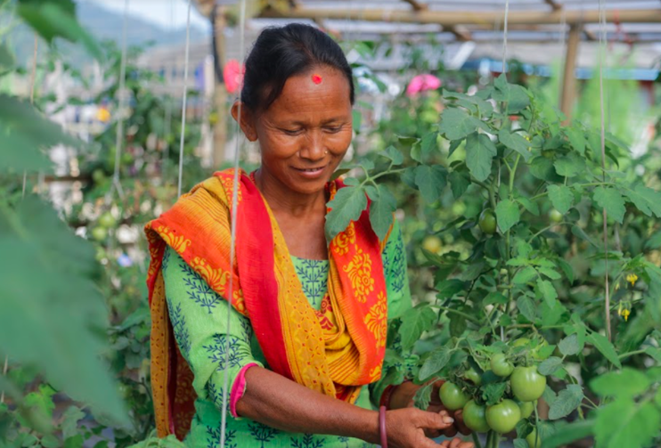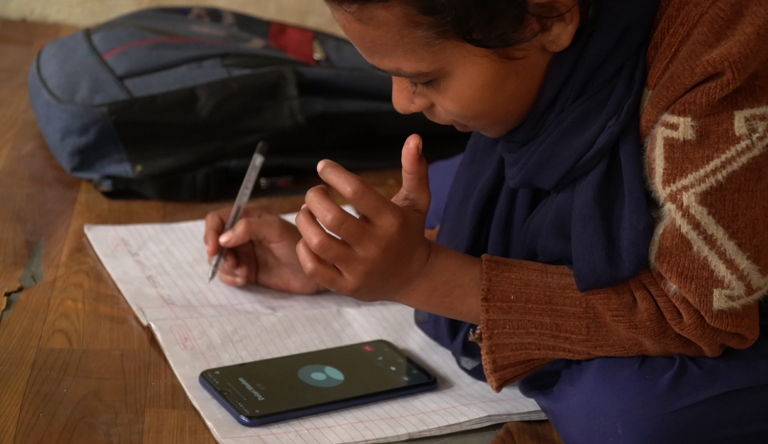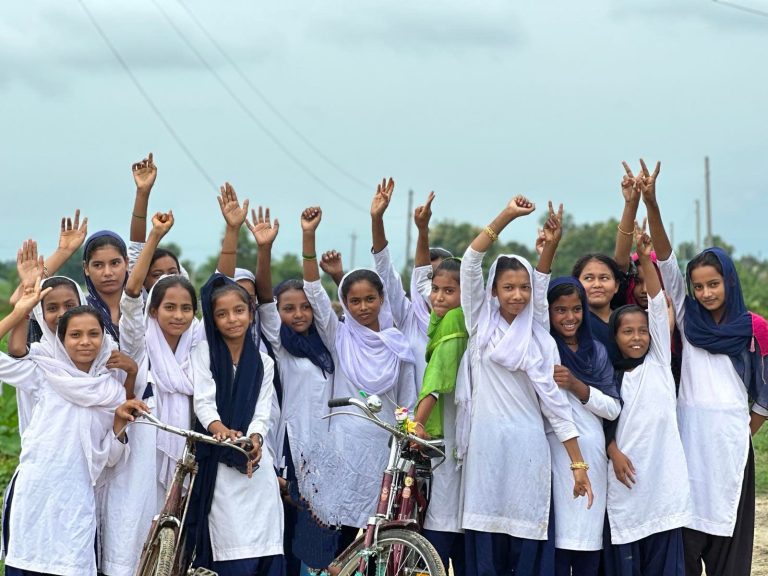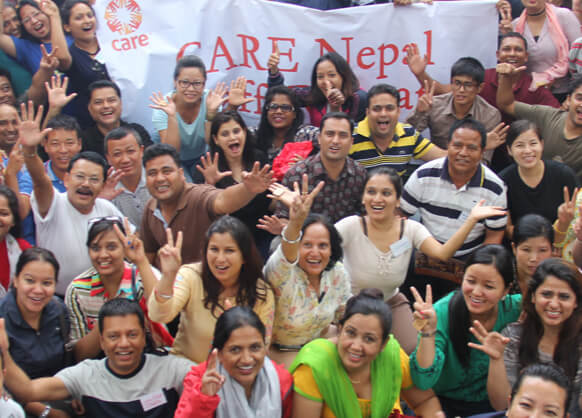Background
In Nepal, many families live in subpar homes and temporary shelters. Many lives were lost during the 2015 Gorkha earthquake and the most recent Doti earthquake on November 9, 2022 as a result of poorly built and non-engineered structures. Most homes in rural and peri-urban areas of the Country are built without following the National Building Code. There is a lack of technical knowledge and awareness among communities regarding safe and earthquake resilient housing, largely due to homeowners' lack of participation in the overall planning and decision-making process in construction. Furthermore, the homeowners mostly prefer the common Reinforced Cement Concrete (RCC) structures with brick masonry, and are reluctant to consider other cost effective, environment friendly, locally adaptable and sustainable innovative housing solutions. The Affordable Housing solution project was thus piloted as an alternative promoting the use of low cost, earthquake resilient and environment friendly Compressed Stabilized
About the Project
This project is piloted in Janalki Rural Municipality (RM) of Kailali District in Far Western Province of Nepal. This RM is located along the Karnali River and is highly vulnerable to recurrent floods. The total population of this RM is 49,835 (Census 2021), out of which, around 60% belong to Tharu indigenous community. The project is currently working in wards 3 and 4 of janaki RM.
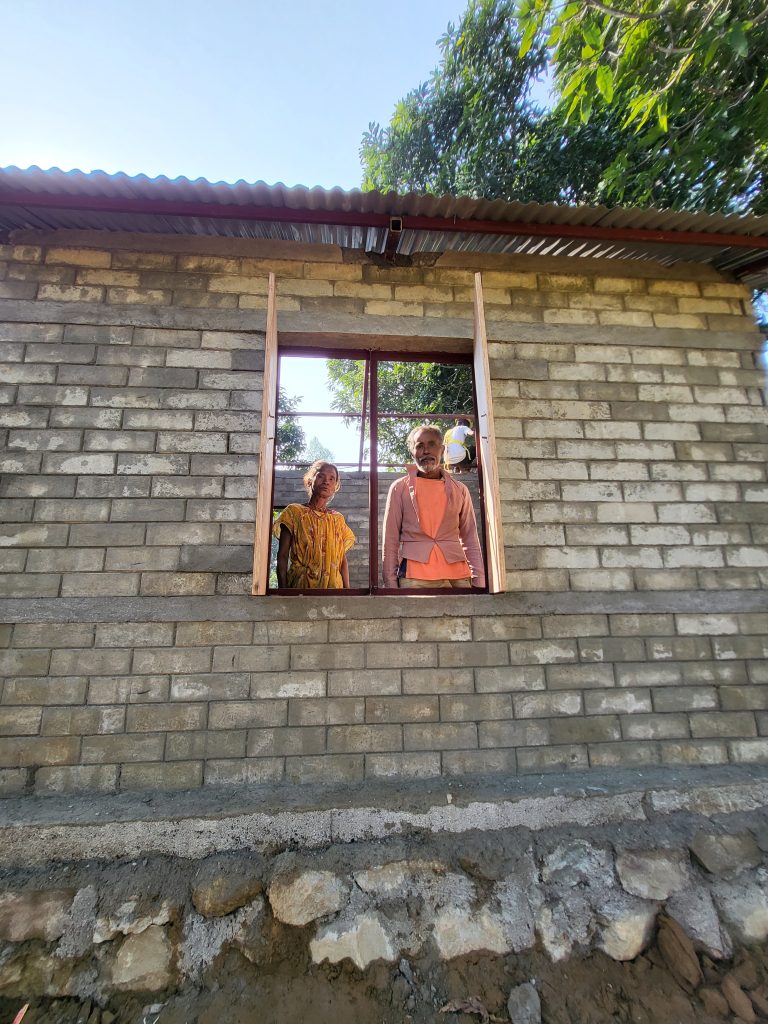
Compressed Stabilized Earth Brick (CSEB), produced with locally available materials. The CSEB is also commonly known as interlocking brick in Nepal. The project supports local village saving and lending groups for production and marketing of these interlocking bricks. The project also advocates the adoption of these interlocking bricks for new construction by local governments, local contractors and potential homeowners. Additionally, the project has supported 12 flood affected vulnerable families with NPR 225,000 (approx. USD 1,730) for construction of their houses using interlocking bricks. The project also trained local masons on building homes using CSEB and developed various low cost house designs as per the needs of local beneficiaries. This has encouraged the community to use self-build construction techniques.
The project seeks to address three major hypotheses:
- Community Lead Financing
- Self-Build Construction
- Building Green

